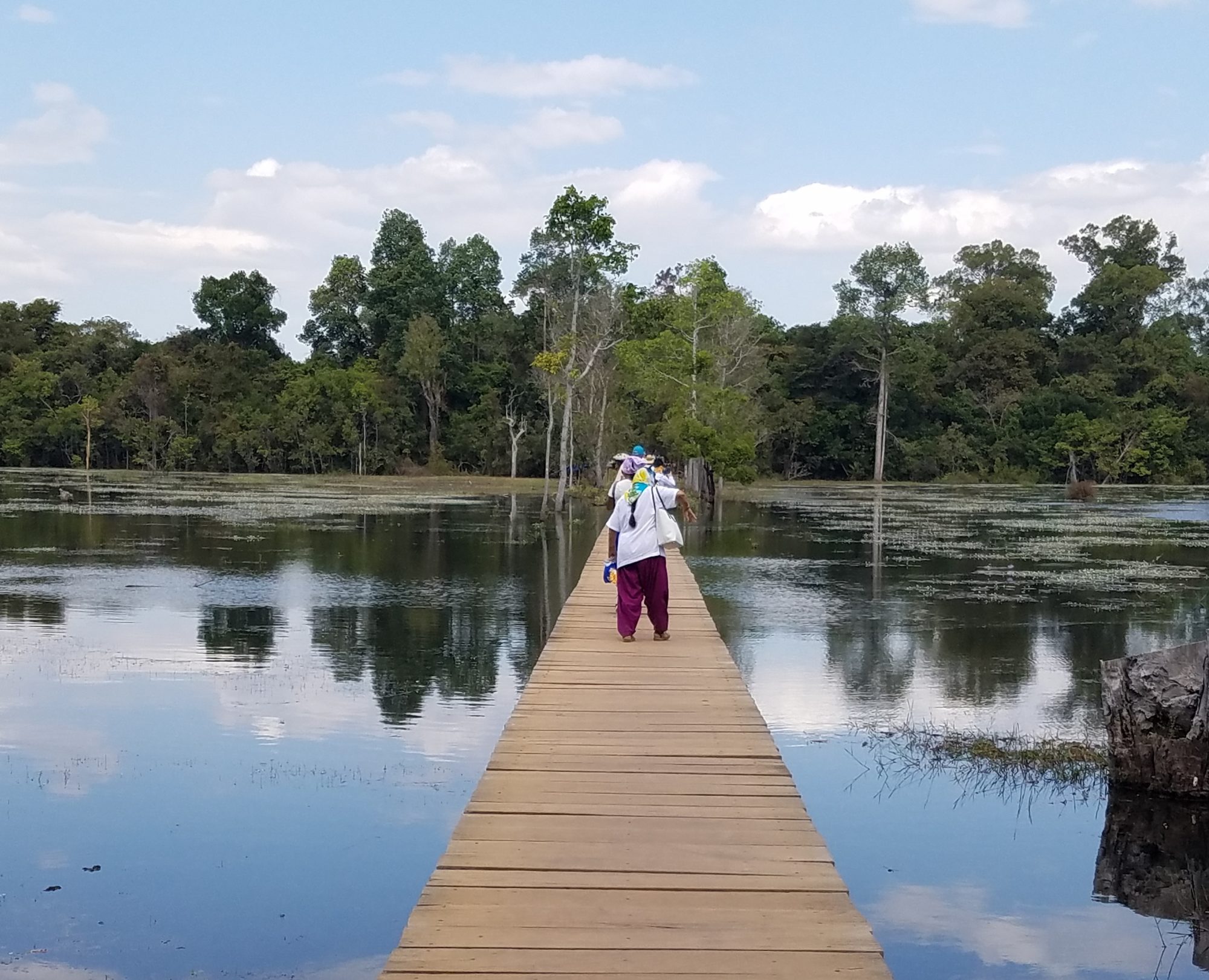This is a post I wrote up back in January 2017 but never posted about my first experience with a Chinese year-end party:
This past Tuesday night was our company’s year-end party, but it also doubled as the school’s five year anniversary. The entire staff was required to attend and the owner promised to go all out and spare no expense. Still, I had no idea how grand it would actually be.
It was held at the Five-Star Intercontinental Hotel, which doesn’t really say much because China likes to refer to every hotel from your average Marriott on up as a “Five-Star hotel”. This one definitely was, however, complete with a Rolls Royce dealership in the lobby.
Upon arrival, they had a luxurious red carpet to walk down where we got to pose for the cameras. This is when I first started to realize that this party would be on a much more epic scale than I had imagined. Our invitations called for formal wear, but for most foreigners, who don’t have a suit with them in China, it meant a shirt and tie, with a blazer. The Chinese, however, took the formal wear requirement uber-serious. The men were decked out in tuxes, and the women appeared dressed for their wedding day, or at the very least, prom. Many wore extravagant gowns and several wore qipao dresses straight out of Wong Kar-Wai’s “In the Mood for Love.”
Inside the banquet room, the school had hired a camera crew to document the event. And when I say crew, I mean a three-man team shooting with Canon Mark IV’s. ‘A’ camera was on a tripod catching a master shot of the room, ‘B’ camera was a man with a handheld, and ‘C’ Camera was a jib! They had a 20-foot jib in the banquet room to capture an “aerial” view of the proceedings.
After we were seated, a spectacular light show and a booming movie score cued that it was time for the party to start. The lights went out and when they came back up, five women from the Chinese staff performed a flawlessly choreographed K-Pop dance routine. Following their performance, our hosts bounded to the stage, looking as elegant as any Hollywood award show. The three of them welcomed us all before engaging in scripted stage banter.
Throughout the show, the entire staff took turns performing on stage. We were all told in December that we would all have to do some kind of song or dance routine. Most of the foreign teachers, however, didn’t take this too seriously, figuring it was akin to going to a KTV, or Karaoke bar. I decided to pair up with a female teacher and perform Sonny and Cher’s “I Got You, Babe”. It was an easy song and if we got ridiculous costumes, no one would care how badly we butchered the song.
Now it was time to sit back and take in what the other staff had put together. My jaw went immediately to the floor as groups of the Chinese staff performed song and dance numbers that they had clearly spent several hours a day practicing for the past month. Shortly before my partner and I were to take the stage, we discovered we had another handicap: no one from China knew who Sonny or Cher was.
Still, I donned my black wig and mustache, as well as a ridiculously patterned shirt that looked like it could have come out of the ’60s, that at 5XL barely fit me. Side note – clothes sizes in China are crazy. I ordered my shirt online and went for the biggest size they had because I’d already been warned. When it came, the 5XL shirt was so tight, I could barely button it. I later found a size indicator chart and it said that a 5XL should fit a 160-pound man! We went on and did our thing. The Chinese had no clue what we were doing, but they seemed to like it.
I thought that my singing for the night was done after that, but so much for wishful thinking. The hosts announced that a game was next on the agenda and they needed some volunteers. One of my coworkers made sure I was picked, so I warily headed back to the stage to meet my fate. The game involved putting headphones on the westerners and playing a Chinese song for them. We then had to sing the song we were hearing, in Chinese mind you, back to our Chinese partner to see if they could guess which song we were attempting to sing. Of course, I was chosen to go first and slipped on the headphones. I belted out the Chinese ballad I heard as best I could and I must have done pretty well because my partner got it on her first guess.
Throughout the night they would stop the proceedings to award door prizes. Everyone there had their name in a raffle and would be drawn out one-by-one until everyone had a gift. When your name was called you would go up and pick from the pile of gifts on the stage, so you obviously wanted to be called early. My name wasn’t called until about 60% of the gifts had been cycled through, but I was still able to walk away with a nice juicer/blender combo.
The party lasted a little over four hours and food and booze were supplied in plentiful amounts the entire time. I left the party completely wiped and feeling like I would need a couple of days to recover, but unfortunately, I would have to be up for work the next day because for some reason they decided to throw this gala on a Tuesday, ugh!





































